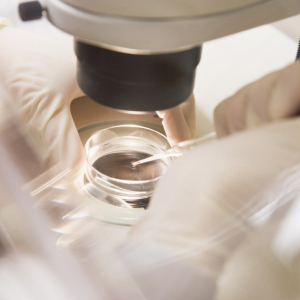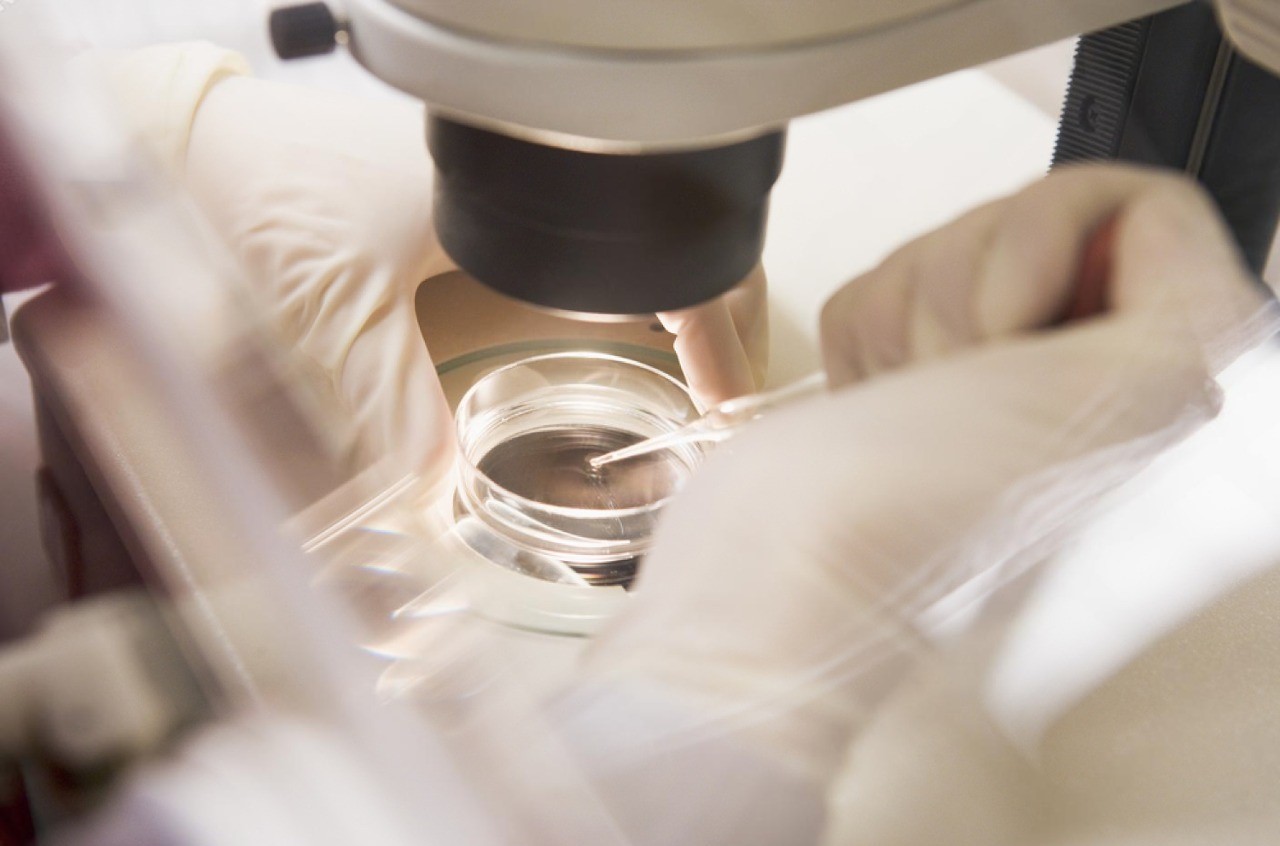Introduction
Uterine health plays a critical role in female fertility and overall reproductive well-being. Structural abnormalities, polyps, fibroids, or other anomalies in the uterus can significantly impact conception, pregnancy outcomes, and menstrual health. Identifying and addressing these issues early is essential for women trying to conceive or experiencing abnormal uterine symptoms.
Hysteroscopy has emerged as a highly effective diagnostic and therapeutic tool for evaluating the uterine cavity. By providing a clear, direct view of the uterus, hysteroscopy allows gynecologists to detect, diagnose, and often treat anomalies in a minimally invasive manner. This approach has transformed gynecological care, offering precise interventions, faster recovery, and improved fertility outcomes.
This article explores how hysteroscopy can identify and resolve uterine anomalies, highlighting the benefits of modern Hysteroscopy Services in Lahore, and providing insights into how this procedure can support women on their path to improved reproductive health.
Hysteroscopy Services in Lahore
A leading provider of Hysteroscopy Services in Lahore offers a comprehensive approach to diagnosing and managing uterine anomalies. These specialized services include:
-
Diagnostic hysteroscopy to visualize and evaluate the uterine cavity
-
Operative hysteroscopy for treating polyps, fibroids, adhesions, and septa
-
Integration with fertility treatments such as IVF and IUI
-
Postoperative care and monitoring for optimal recovery and reproductive outcomes
-
Counseling and guidance for women with recurrent pregnancy loss or unexplained infertility
Fertility clinics in Lahore combine advanced hysteroscopic equipment with expert gynecologists to provide accurate diagnosis, effective treatment, and personalized care. This ensures that women receive the highest standard of care while minimizing discomfort and recovery time.
Understanding Uterine Anomalies
Uterine anomalies are structural irregularities in the uterus that can affect fertility, menstruation, and pregnancy. Common anomalies include:
-
Uterine Polyps: Small growths in the uterine lining that may cause irregular bleeding and interfere with implantation.
-
Fibroids (Leiomyomas): Benign muscular tumors that can distort the uterine cavity, cause heavy bleeding, and hinder embryo implantation.
-
Uterine Septum: A congenital defect where a fibrous or muscular partition divides the uterus, increasing the risk of miscarriage.
-
Intrauterine Adhesions (Asherman’s Syndrome): Scar tissue formation that can result from surgery, infections, or previous pregnancy complications, leading to infertility or recurrent miscarriage.
-
Endometrial Abnormalities: Thickened, thin, or irregular endometrial lining that may affect implantation or menstrual health.
Identifying these anomalies accurately is critical for improving reproductive outcomes, preventing complications, and enhancing overall uterine health.
How Hysteroscopy Identifies Uterine Anomalies
Hysteroscopy is a minimally invasive procedure that allows direct visualization of the uterine cavity using a thin, flexible tube called a hysteroscope. The hysteroscope is equipped with a camera and light, enabling the gynecologist to examine the uterine lining in detail.
Key diagnostic benefits of hysteroscopy include:
-
Direct Visualization: Unlike ultrasound or X-rays, hysteroscopy provides a real-time view of the uterine cavity.
-
Accurate Detection: Small polyps, fibroids, adhesions, or congenital anomalies can be precisely identified.
-
Targeted Assessment: Specific areas of concern can be examined closely, reducing the risk of misdiagnosis.
-
Integration with Imaging: Hysteroscopy can be combined with ultrasound or MRI for comprehensive evaluation.
Through diagnostic hysteroscopy, gynecologists can detect uterine anomalies that may otherwise remain hidden, ensuring early and accurate intervention.
Resolving Uterine Anomalies with Hysteroscopy
Hysteroscopy is not only diagnostic but also therapeutic. Operative hysteroscopy allows gynecologists to treat many uterine anomalies during the same procedure, minimizing the need for additional surgeries.
Common treatments performed via hysteroscopy include:
-
Polypectomy: Removal of uterine polyps to restore normal uterine function and improve fertility.
-
Myomectomy: Resection of submucosal fibroids that distort the uterine cavity or cause heavy bleeding.
-
Septum Resection: Correcting a congenital uterine septum to reduce miscarriage risk and enhance pregnancy outcomes.
-
Adhesiolysis: Removal of intrauterine adhesions to restore a healthy uterine environment for conception.
-
Endometrial Biopsy: Sampling tissue for diagnostic purposes, including evaluation for abnormal uterine bleeding or suspected pathology.
Operative hysteroscopy is minimally invasive, often performed on an outpatient basis, with faster recovery times and lower complication rates compared to traditional open surgeries.
Benefits of Hysteroscopy
Hysteroscopy offers numerous advantages for women seeking fertility evaluation or treatment:
-
Minimally Invasive: Small instruments and no large incisions mean less pain, minimal scarring, and faster recovery.
-
Accurate Diagnosis: Direct visualization ensures precise detection of uterine anomalies.
-
Simultaneous Treatment: Many anomalies can be treated during the same procedure, reducing the need for multiple surgeries.
-
Improved Fertility Outcomes: Removing polyps, fibroids, septa, or adhesions increases the likelihood of successful conception and reduces miscarriage risk.
-
Short Recovery Time: Most patients return to normal activities within a few days.
-
Reduced Complications: Less invasive procedures lower the risk of infection, bleeding, or other surgical complications.
By offering both diagnostic and therapeutic capabilities, hysteroscopy has become an essential tool in modern gynecology and fertility care.
When Hysteroscopy Is Recommended
Hysteroscopy is particularly beneficial for women experiencing:
-
Infertility or difficulty conceiving
-
Recurrent pregnancy loss
-
Abnormal uterine bleeding
-
Suspected uterine anomalies on ultrasound or MRI
-
History of uterine surgery, including C-section or dilation and curettage (D&C)
A fertility specialist at a reputable clinic in Lahore will assess medical history, previous test results, and symptoms to determine if hysteroscopy is appropriate.
Preparing for Hysteroscopy
Preparation for hysteroscopy is relatively straightforward, but following the clinic’s instructions is essential for a smooth procedure:
-
Medical Evaluation: Blood tests, imaging studies, and review of medical history.
-
Timing: Hysteroscopy is often performed during the early phase of the menstrual cycle for optimal visualization.
-
Medications: Some patients may receive local anesthesia, sedation, or hormonal medication to improve uterine conditions.
-
Fasting Instructions: If sedation is used, fasting may be required prior to the procedure.
Proper preparation ensures the procedure is safe, comfortable, and effective.
Post-Hysteroscopy Recovery and Care
Recovery after hysteroscopy is usually quick:
-
Mild cramping or spotting may occur for a few days.
-
Normal activities can often resume within 24–48 hours.
-
Follow-up visits ensure that treated anomalies have healed and fertility outcomes are optimized.
-
Patients may be advised on fertility planning, hormone therapy, or assisted reproductive technologies like IVF if conception does not occur naturally.
The minimally invasive nature of hysteroscopy allows women to recover rapidly while addressing critical reproductive issues.
Success Stories and Impact on Fertility
Many women in Lahore have successfully conceived after undergoing hysteroscopy to correct uterine anomalies. Removing polyps, fibroids, adhesions, or septa often restores a healthy uterine environment, significantly increasing the chances of conception.
Success stories highlight:
-
Women with recurrent miscarriages achieving full-term pregnancies after septum resection
-
Infertile couples conceiving naturally after removal of polyps or adhesions
-
IVF cycles achieving higher success rates following hysteroscopic evaluation and correction
These outcomes underscore the transformative impact of hysteroscopy on reproductive health and fertility.
Choosing a Clinic for Hysteroscopy in Lahore
Selecting a reputable clinic is essential for safe and effective hysteroscopy. Key considerations include:
-
Experienced Specialists: Gynecologists trained in diagnostic and operative hysteroscopy.
-
Advanced Equipment: High-definition hysteroscopes and integrated imaging tools.
-
Comprehensive Services: Evaluation, treatment, and follow-up care in one location.
-
Patient-Centered Care: Counseling, emotional support, and clear communication about procedures and outcomes.
A clinic that offers expert hysteroscopy services ensures women receive accurate diagnosis, effective treatment, and guidance toward improved fertility and reproductive health.
Conclusion
Hysteroscopy is a vital tool in modern gynecology and fertility care, offering both diagnostic and therapeutic solutions for uterine anomalies. With the ability to detect polyps, fibroids, septa, and adhesions, and correct them during the same procedure, hysteroscopy improves fertility outcomes, reduces miscarriage risk, and enhances overall uterine health.Women seeking reproductive evaluation or treatment can benefit from expert Hysteroscopy Services in Lahore, where experienced specialists, advanced technology, and personalized care ensure safe and effective outcomes. By identifying and resolving uterine anomalies early, hysteroscopy empowers women to take control of their reproductive health and opens the path to successful conception and parenthood.







